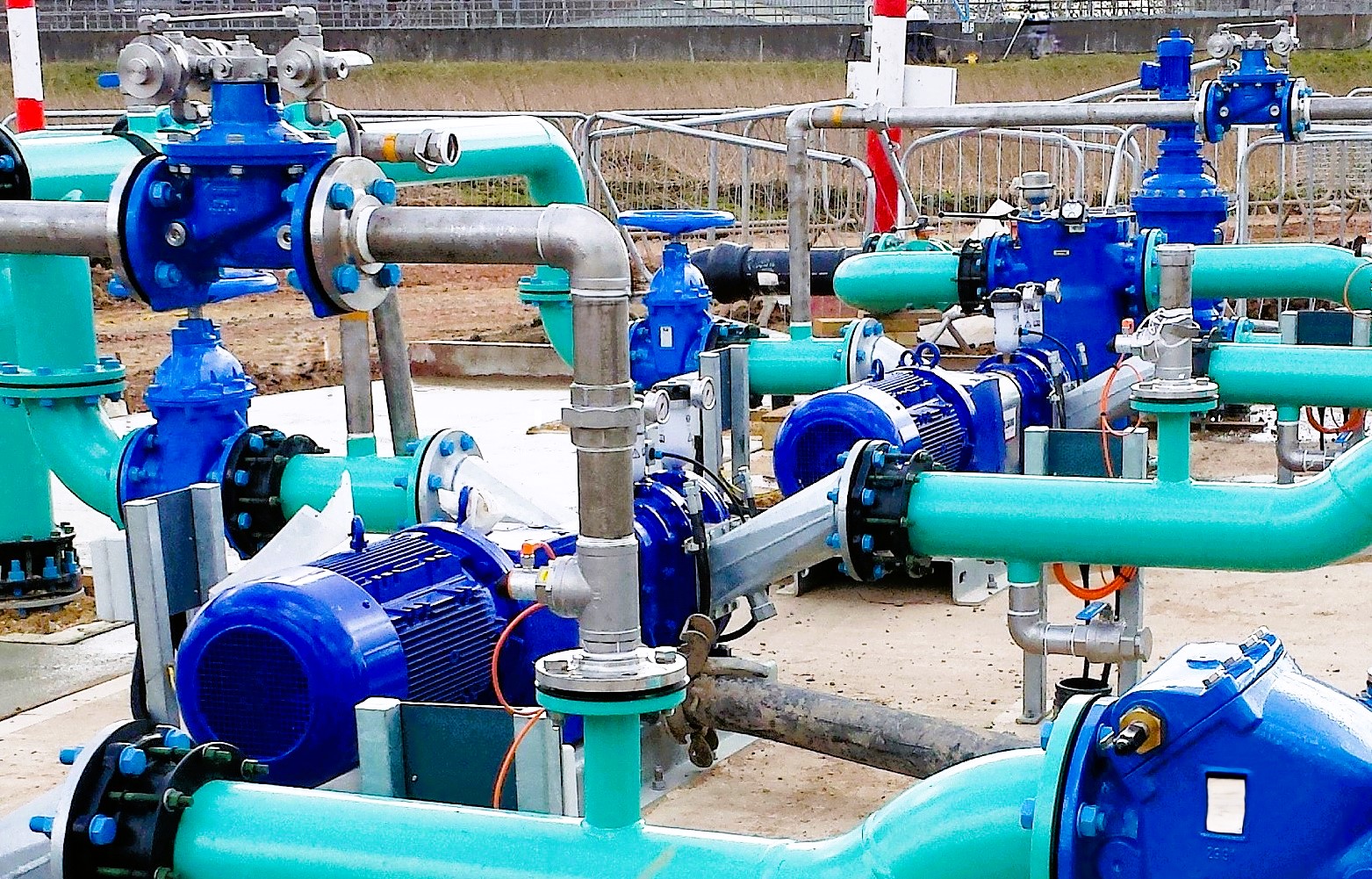Pneumatic valves play a crucial role in many industrial applications, providing precise control of air pressure and fluid flow through mechanical actuation. These valves use compressed air to operate and are integral to various systems where automation and reliable performance are essential. This blog will explore the working principles of pneumatic valves, focusing on types like pneumatic ball valves and pneumatic butterfly valves, their operation, and the components involved.
Pneumatic valves, including pneumatic ball valves and pneumatically actuated butterfly valves, utilize compressed air to control the opening and closing of the valve. These valves are widely used in industries such as oil and gas, chemical processing, and manufacturing due to their efficiency and reliability in high-cycle applications.

Pneumatic valves are operated by pneumatic actuators, which convert compressed air into mechanical motion. Here’s a look at the core components and the general working principle of pneumatic valves:
1. Pneumatic Actuators: The actuator is the primary component that drives the valve's movement. There are two main types:Double Acting Pneumatic Actuator: Uses air pressure for both opening and closing actions, allowing precise control over the valve position.Spring Return Pneumatic Actuator: Uses compressed air to open the valve and a spring mechanism to close it when the air supply is removed.
2. Compressed Air: The source of power for pneumatic valves. Air at a pressure of around 80 psi (pounds per square inch) is commonly used to operate the actuators.
3. Valve Types and Operation:Pneumatic Ball Valve: Contains a stainless steel ball, usually made from 316 stainless steel, with a hole through the middle that aligns with the flow path when open, allowing fluid to pass through. When rotated by the actuator, the ball closes the path, stopping the flow.Pneumatic Butterfly Valve: Features a rotating disc within the valve body. When actuated, the disc turns parallel or perpendicular to the flow, controlling the passage of fluid.
4. Pneumatic Valve Diagram: A pneumatic valve diagram illustrates the layout of a pneumatic valve system, showing how the air supply, actuators, and control signals are connected. It provides a visual representation of the valve’s operational sequence.
5. Pneumatic Cylinder Valves: These are used to control the flow of compressed air to pneumatic cylinders, which convert the air pressure into linear motion. These valves are crucial in applications requiring precise linear positioning.
6. Pneumatic Ball Joint Press: A specific application where a ball joint is pressed using pneumatic force, demonstrating the power and precision of pneumatic systems.
● Actuated Ball Valves: Provide reliable, automated control, enhancing the service life of the system with minimal manual intervention.
● Air Pressure and Control: Pneumatic valves use air pressure to ensure smooth and efficient operation, reducing the risk of mechanical wear and tear.
● Material Durability: 316 stainless steel is commonly used for valve components due to its high corrosion resistance, making it suitable for harsh industrial environments.
Pneumatic valves are used across various industries for controlling the flow of gases, liquids, and slurries. Their ability to operate in challenging conditions makes them ideal for applications such as:
● Automated production lines
● Chemical processing plants
● Oil and gas pipelines
● Water treatment facilities
When selecting manufacturers for pneumatic valves, consider factors like the valve’s service life, quality of materials used, and the working principle that suits your application needs. Reliable manufacturers offer robust solutions tailored to specific industrial requirements, ensuring optimal performance and longevity.
Pneumatic valves, including ball and butterfly valves, are indispensable components in automated systems, offering efficient control with minimal manual effort. Understanding their operation, from pneumatic actuated ball valves to double acting pneumatic actuators, helps in optimizing their use in various industrial applications. Whether it’s achieving precise flow control or enhancing automation, pneumatic valves are at the forefront of industrial innovation.
Feel free to reach out if you have any questions about the best pneumatic valve for your specific needs or want to know more about how these systems can improve your operational efficiency!
( Email: [email protected] )
